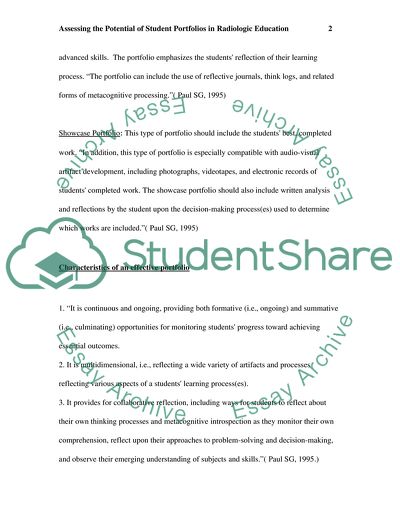Cite this document
(The Potential of Student Portfolios in Radiologic Education Assignment, n.d.)
The Potential of Student Portfolios in Radiologic Education Assignment. Retrieved from https://studentshare.org/education/1702853-assessing-the-potential-of-student-portfolios-in-radiologic-education
The Potential of Student Portfolios in Radiologic Education Assignment. Retrieved from https://studentshare.org/education/1702853-assessing-the-potential-of-student-portfolios-in-radiologic-education
(The Potential of Student Portfolios in Radiologic Education Assignment)
The Potential of Student Portfolios in Radiologic Education Assignment. https://studentshare.org/education/1702853-assessing-the-potential-of-student-portfolios-in-radiologic-education.
The Potential of Student Portfolios in Radiologic Education Assignment. https://studentshare.org/education/1702853-assessing-the-potential-of-student-portfolios-in-radiologic-education.
“The Potential of Student Portfolios in Radiologic Education Assignment”, n.d. https://studentshare.org/education/1702853-assessing-the-potential-of-student-portfolios-in-radiologic-education.


